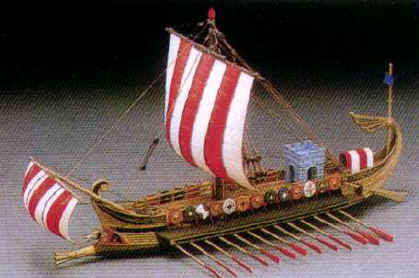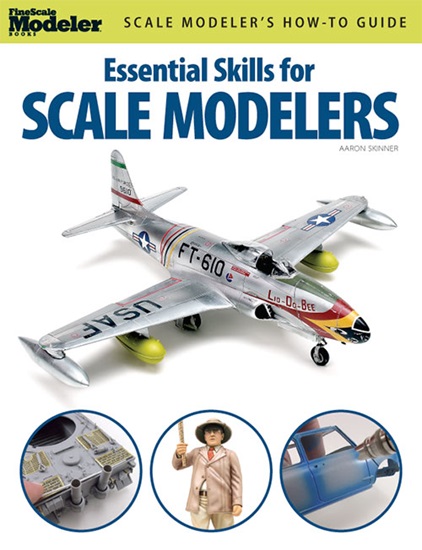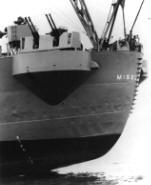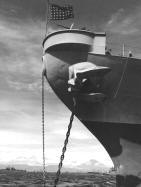|
Toll free 800 - 845-1140 |
|
Shipping
will be added to all orders, we always endeavor to give you the
best rate >>> Click for Rates. |
If you have any
questions or need help email us, call us or click here for HELP

 |
Roman Warship
Very detailed plastic kit
very nice to
build.
Kit# AS04 - $33.95
|
Roman Warship
This model represents the type of craft used in the first century Before Christ. Although
the manufacturer gives no scale it works out to be about 1/80th when various features are
compared to the height of a man. The vessel is a bireme with provision for two banks of
oars but one bank is withdrawn leaving only the lower oars displayed on each side. The
oars were used for propulsion and maneuvering during battle with the sails being used for
general travel. Steering was accomplished with a sweep oar on either side of the stern. A
cloth shelter on the aft deck provided weather protection for the officers. The main
offensive weapon was the battering ram fixed to the bow. The tower on the aft deck
provided an elevated firing point for archers and was built from wood but painted to
represent stone. The decorated shields attached along each side were used by the Roman
marines in hand to hand fighting once the vessel was locked in mortal combat with the
enemy.
The basic hull and
decking was constructed pretty well out of the box with most of the additional effort
going into refining the detail fittings, particularly the rigging and sails, and applying
the decorative painting. All molded-in ropes were removed from the masts and sails and
replaced by linen crochet thread that was stained to a weathered color by soaking it in
black tea (crochet thread is available from craft shops in a range of thicknesses). This
work included removing the spars that were molded integrally with the sails and replacing
them with separate spars, which were attached to the sails later by thread bindings. The
criss-cross pattern of molded-in support ropes was removed from the sails, which were
then greatly reducing in thickness by copious amounts of sanding. The sails were given a
very colorful look by painting with of red/white enamel and the ropes were then replaced
with linen thread, which was attached by white glue. The oversize rigging blocks of the
kit were replaced by much smaller scratch built items and a pair of dead eyes were laced to
each of the mast shrouds and the fore and aft stays. Whilst my use of deadeyes (sold in
various sizes by hobby shops catering for model boat builders) may not be historically
correct it is highly probable that some similar tensioning system would have been used on
these rigging lines. The unsightly attaching lugs were removed from the back of the
shields and the rear faces were then scribed to represent timber and fitted with wire
handgrips. The handgrips also provided a means of attaching the shields to the railing
with thread bindings in a realistic manner.
 |
Essential Skills Scale Modeling
Were you a teenager the last time
you built a model?
A step-by-step introduction to scale
modeling basics.
Beginning scale modelers are full of questions:
What kinds of models are there? What kinds of tools
do I need? What glue works best?
How do I put a model together?
How are the decals applied?
Finally, Kalmbach offers answers to
all these beginner questions and more.
This new book is filled with more pictures
and how to articles than their other book.
List $21.95
Our Price BK01 19.95
|
Back to List



